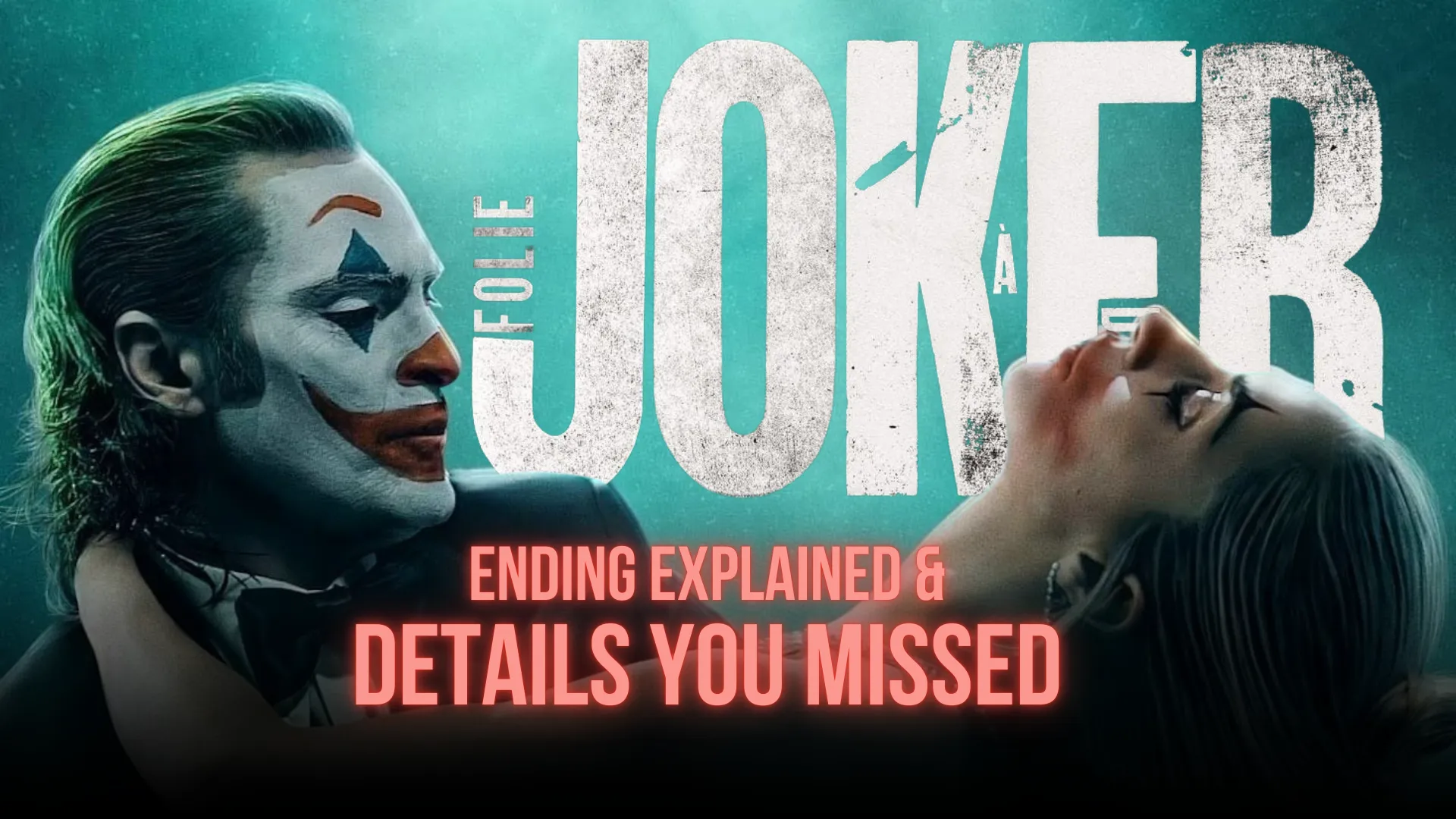The much-awaited sequel to the 2019 blockbuster Joker, titled Joker: Folie À Deux, has finally hit the screens, leaving audiences both mesmerized and puzzled. Directed by Todd Phillips, this new chapter brings back Joaquin Phoenix as the troubled Arthur Fleck, while introducing Lady Gaga as the fascinating Lee Quinzel, a take on the iconic Harley Quinn. With musical elements, societal critiques, and a deeply layered storyline, this film ventures into bold new territory.
This article will walk you through the intricate details, explain the controversial ending, and uncover the hidden gems you may have missed. Whether you’re a casual fan or a movie enthusiast, there’s plenty to discover in this musical, psychological drama set in Gotham’s darkest corners.
Introduction to Folie À Deux: A Shared Madness
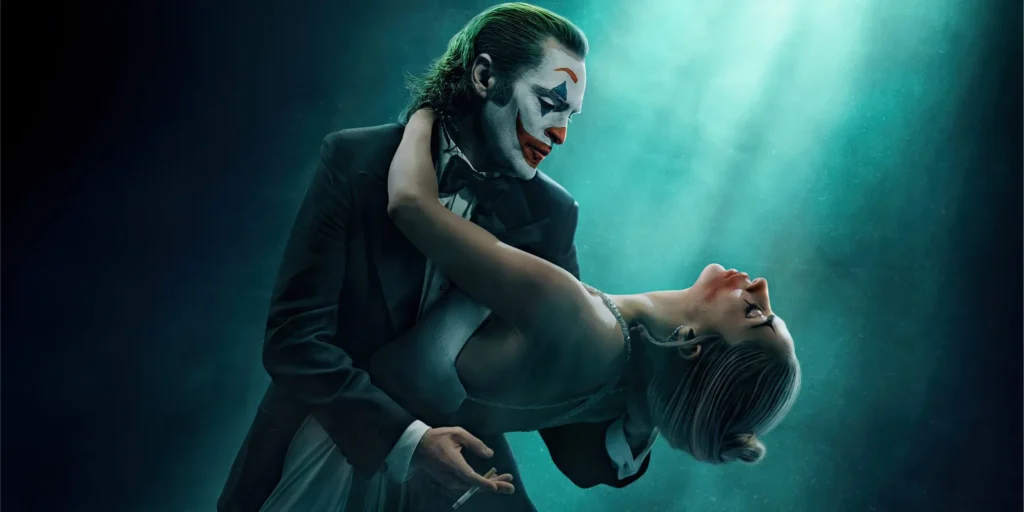
The title Folie À Deux refers to a psychological phenomenon where two individuals share a delusion or madness. In the movie, this theme is explored through the bond between Arthur Fleck and Lee Quinzel. Arthur’s descent into madness was the heart of the first movie, and now, he finds a partner who mirrors his chaos.
This sequel takes us deeper into Arthur’s troubled mind, but with a twist—music becomes a tool for expressing his inner struggles. Inspired by classic musicals like Chicago and The Umbrellas of Cherbourg, Todd Phillips uses cinematic and musical storytelling to create a unique viewing experience.
A Nostalgic Opening: Animation Meets Madness
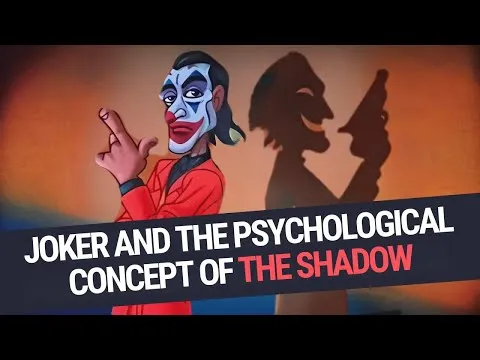
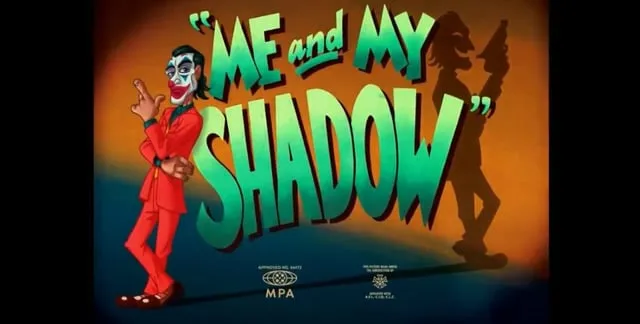
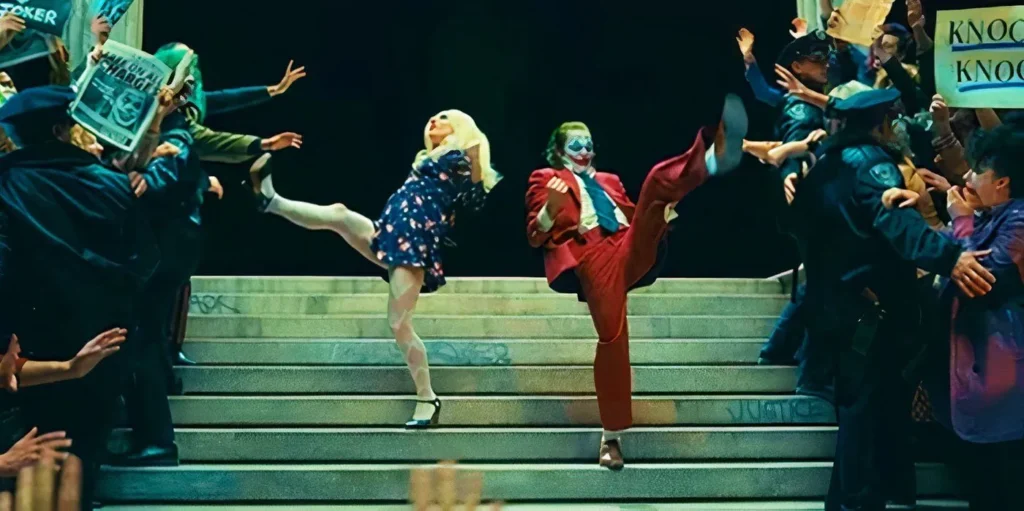
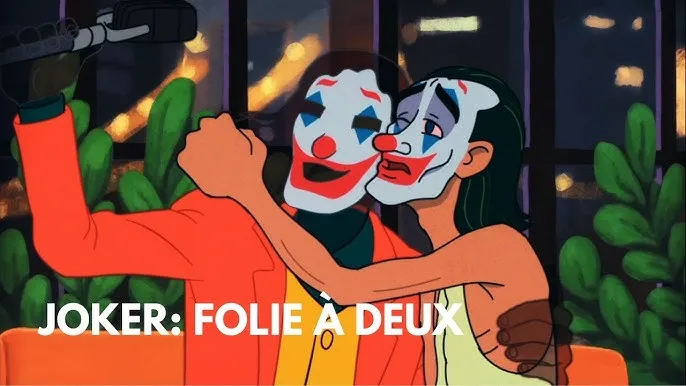
The movie begins with a charming nod to the golden era of cinema. A Warner Bros. animation bumper styled like a 1930s Looney Tunes short, titled Joker in Me and My Shadow, kicks off the story. This whimsical introduction, with a shadowy Joker wrestling his inner demons, sets the tone for the film’s themes of duality and madness.
The short cleverly incorporates references to iconic musicals and films like Sweet Charity, Shall We Dance, and Modern Times, creating a nostalgic bridge to the movie’s ambitious musical approach.
Arkham State Hospital: A Prison of Madness
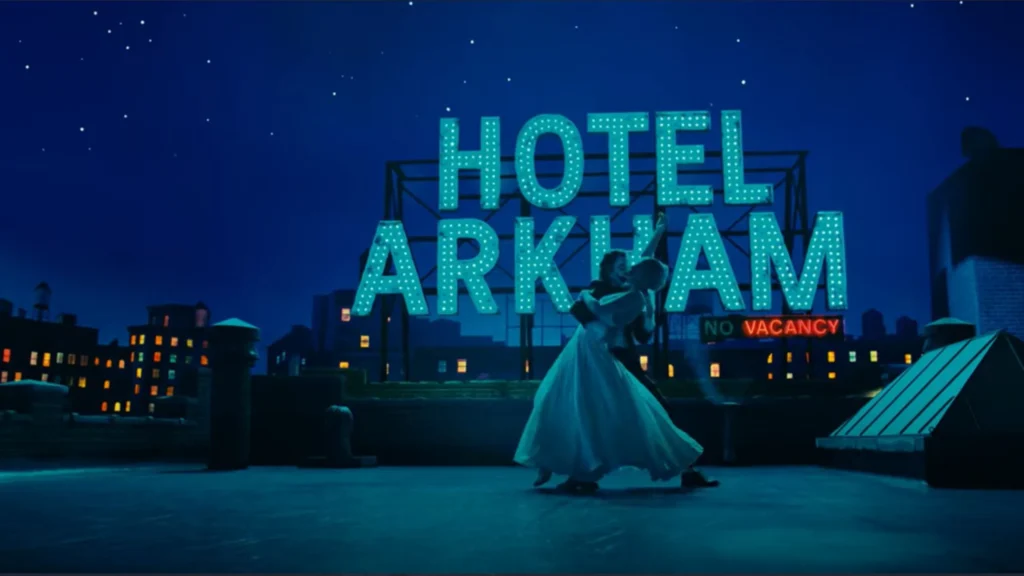
Arthur is confined to Arkham State Hospital, a dreary and archaic facility reminiscent of old European asylums. His daily routine includes encounters with a whistling guard, Jackie Sullivan (played by Brendan Gleeson), whose casual tunes spark unexpected chaos throughout the story.
In one memorable scene, Arthur passes by inmates singing jazz-era classics, a precursor to the film’s musical sequences. The bleak atmosphere of Arkham contrasts sharply with the bursts of song, reflecting Arthur’s fractured perception of reality.
Enter Lee Quinzel: A Different Kind of Harley Quinn
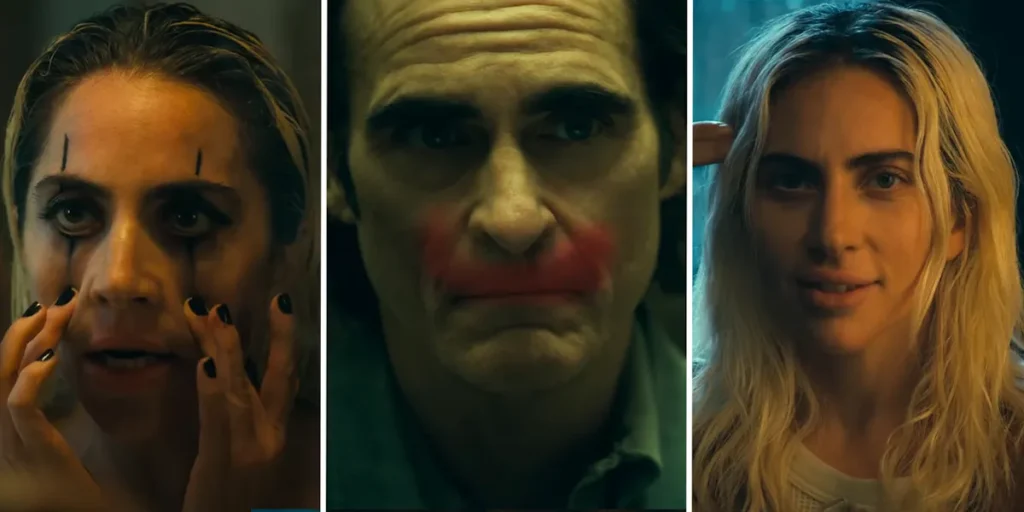
Lady Gaga’s portrayal of Lee Quinzel offers a fresh take on Harley Quinn’s origin story. Unlike the traditional narrative of Harley as a psychiatrist who falls for the Joker, Lee is introduced as a wealthy doctor’s daughter who checks herself into Arkham, feigning mental illness. Her privileged background and calculated actions add complexity to her character.
Lee’s interactions with Arthur are both whimsical and unsettling, especially during their musical duets. Their bond grows through shared performances, but as the story unfolds, we see cracks in their partnership, hinting at deeper psychological tensions.
“Get happy, get ready for the Judgment Day.”
Music as Madness: The Power of Song
One of the boldest choices in Joker: Folie À Deux is its use of music to convey emotion and narrative. Arthur and Lee frequently break into classic songs, from “Get Happy” to “What the World Needs Now Is Love.” These musical moments blur the line between reality and delusion, immersing viewers in Arthur’s distorted world.
For instance, a scene where Arthur sings For Once in My Life is both poignant and unsettling, as the music abruptly cuts back to the stark reality of his surroundings. This juxtaposition highlights the fragility of his mental state.
The Trial: A Stage for Chaos
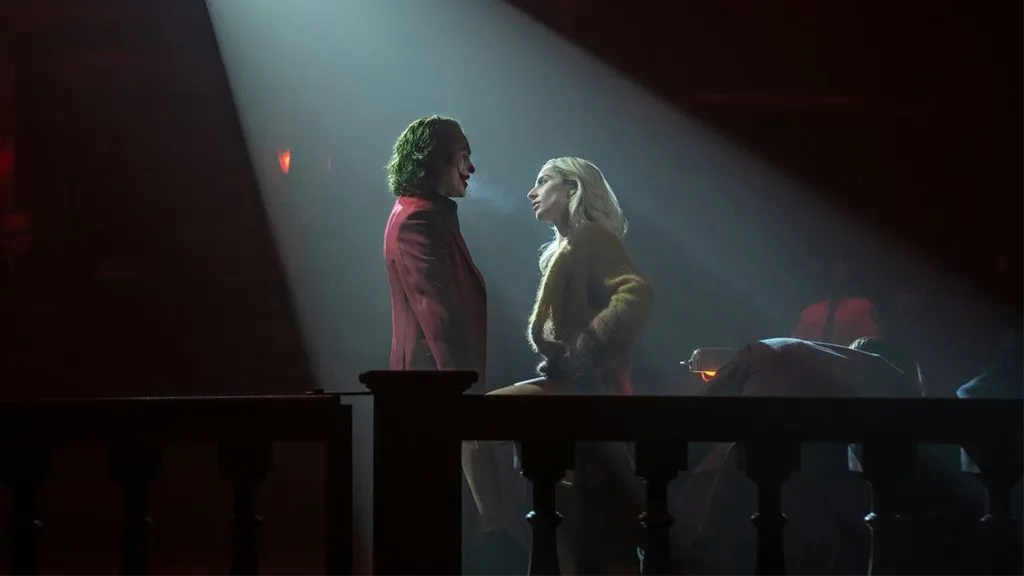
The film’s courtroom scenes draw inspiration from the musical Chicago, transforming the trial into a theatrical spectacle. Arthur’s delusions turn the courtroom into a stage, complete with dramatic lighting and dreamlike transitions. These sequences underscore the film’s central question: where does reality end and fantasy begin?
One standout moment involves Arthur singing That’s Entertainment, a classic Hollywood tune. The lyrics mirror his twisted journey, blending tragedy and farce. The trial also introduces Harvey Dent, Gotham’s future Two-Face, in a subplot that ties into the larger DC universe.
The Ending: Madness Takes Over
The film’s ending is as provocative as it is ambiguous. After a series of escalating events, Arthur is stabbed by a fellow inmate, mirroring the violent cycles he has perpetuated. In his final moments, Arthur imagines passing the torch to a younger generation, symbolized by the inmate carving a Glasgow smile into his face.
This sequence references Heath Ledger’s Joker in The Dark Knight, creating a controversial connection between the two portrayals. While some fans appreciate the homage, others view it as unnecessary, given the standalone nature of Todd Phillips’ films.
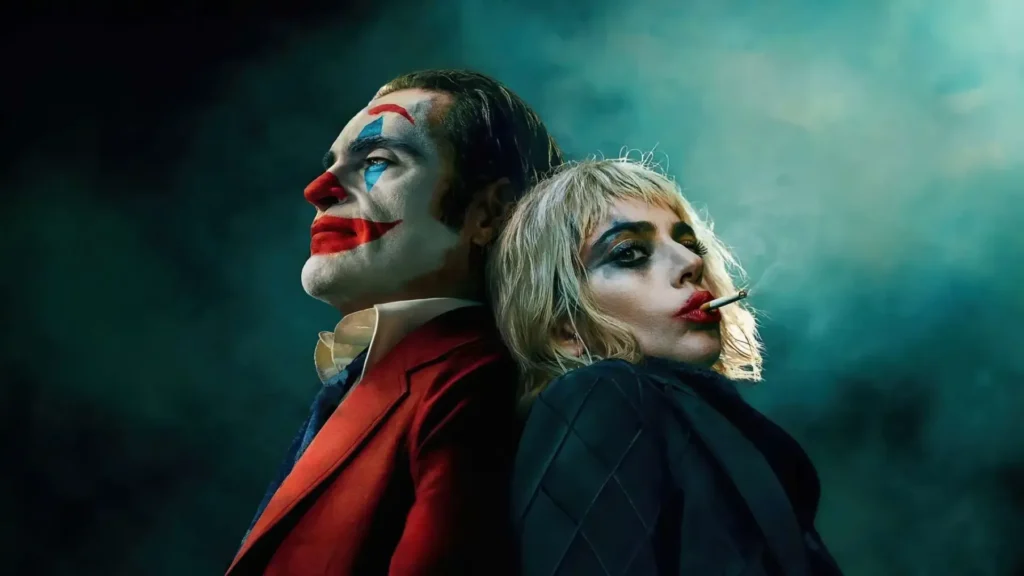
“There is no Joker. There’s just me, and I killed six people, including my mother. I just want to blow it all up and start a new life.”
Hidden Details You Might Have Missed
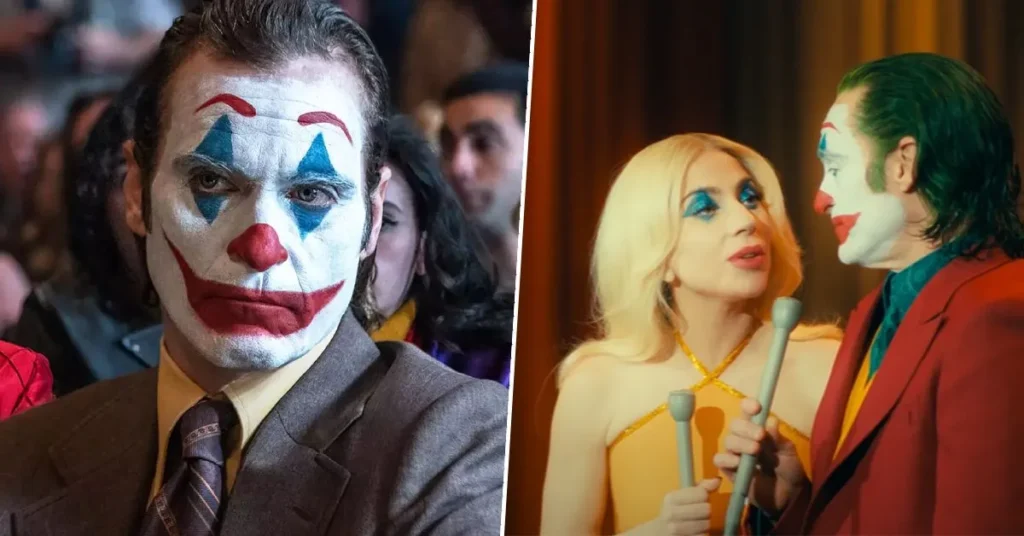
Musical Easter Eggs: The film is packed with nods to Hollywood’s musical history, from The Band Wagon to Sweet Charity. Even the choice of songs carries symbolic weight, reflecting themes of love, madness, and rebellion.
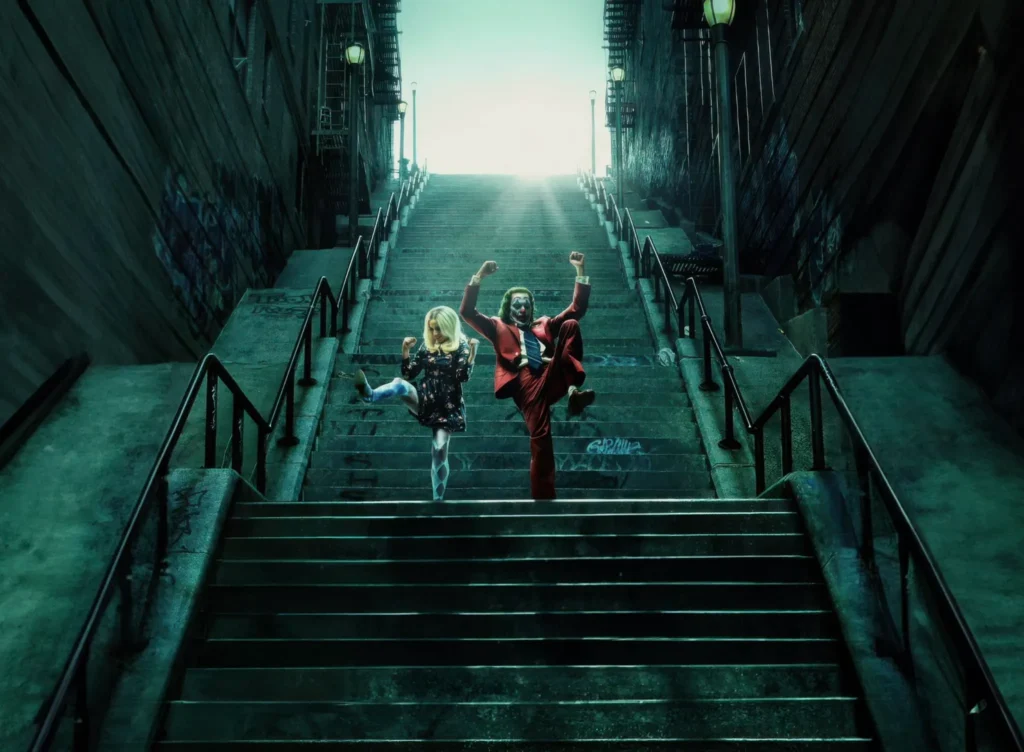
Gotham’s Geography: The depiction of Arkham as an isolated island connected by an impractical bridge is both a visual metaphor for Arthur’s mental state and a nod to Gotham’s gothic architecture.
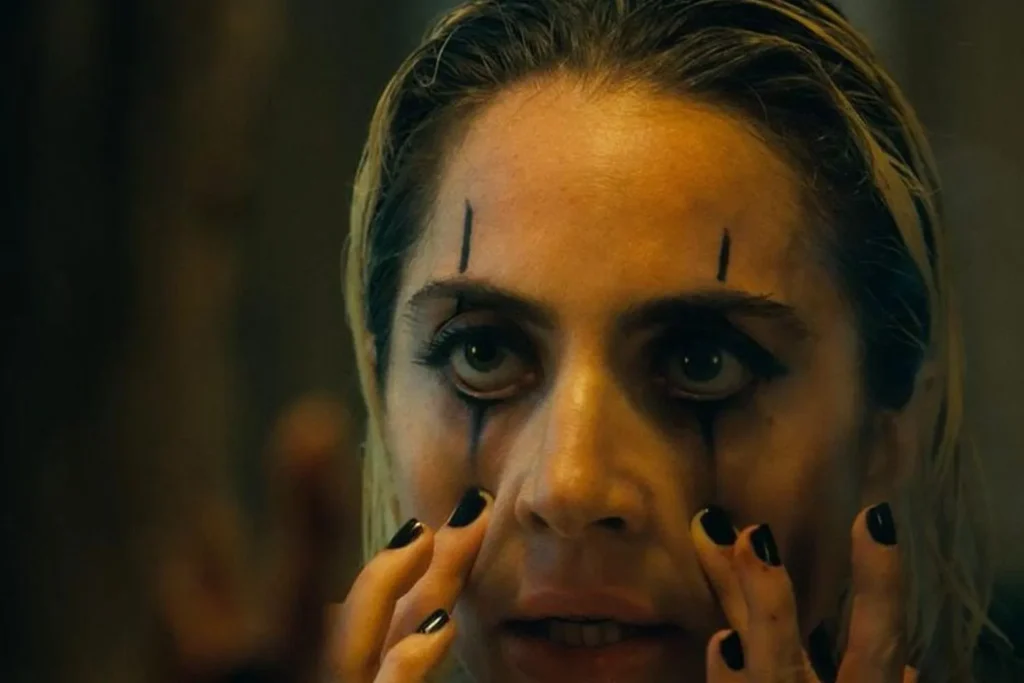
Harley’s Transformation: Lee’s gradual adoption of Harley Quinn’s iconic diamond patterns in her wardrobe is a subtle yet powerful visual cue of her evolution.
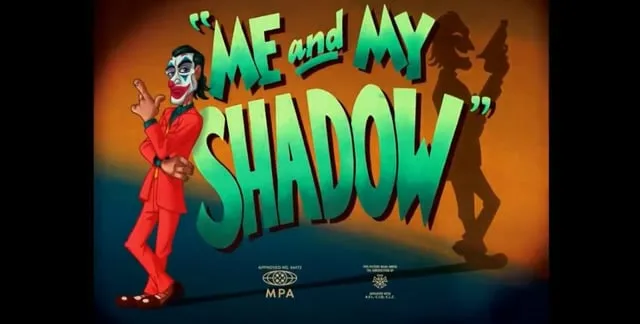
Duality of Shadows: The recurring motif of shadows, from the animated short to Arthur’s reflections, emphasizes the film’s exploration of identity and duality.
Themes and Messages: What the Film Says About Society
At its core, Joker: Folie À Deux is a commentary on societal neglect, the justice system, and the human need for connection. Through its musical framework, the film critiques how society glamorizes crime and madness, often turning perpetrators into tragic figures.
Arthur’s journey reflects the consequences of systemic failures, while Lee’s manipulative tendencies highlight the blurred lines between victim and villain. Together, they represent the destructive potential of unchecked delusion and shared madness.
Conclusion: A Bold, Polarizing Sequel
Joker: Folie À Deux is not your typical comic book movie. It’s a daring experiment that fuses psychological drama with musical extravagance. While some may find its approach disjointed, others will appreciate its ambition and artistry.
This sequel pushes the boundaries of storytelling, challenging audiences to confront uncomfortable truths about society and themselves. Whether you love it or hate it, there’s no denying its impact.
What did you think of Joker: Folie À Deux? Share your thoughts in the comments below. Don’t forget to subscribe for more breakdowns and insights into your favorite movies!

